Having a flat tire isn’t fun, especially when you just don’t know how to fix it. But tell you what; the process isn’t as hard as most people peg it to be.
In fact, once you do it once, there’ll be no need to visit a bike repair shop with a flat ever again.
And truth be told, whether you ride on smooth or rocky terrain, you’re bound to experience a flat at some point so you might as well equip yourself with the necessary skills.
That said, let’s go through a step by step process that will surely be of use in your riding adventures.
Tools Required
You will need the following:
- Bike tire levers/ screwdrivers
- Wrench
- A correctly sized replacement inner tube
- Air pump
- Patch kit
Step-By-Step Guide on How to Change a Bike Tube
As a parent, sometimes the kids will challenge you to change the bike tubes for them. Instead of saying no or calling a bike mechanic, you can simply roll up your sleeves and whow your creatuve side. Here are the simple steps you need to change a bike tube like a pro.
STEP ONE – Remove the wheel from the bike
The first thing you want to do is to correctly position the bike for easy removal of the wheel. Otherwise, the bike will fall over once the wheel has been removed and end up facing more damage.
To position, it appropriately, flip the bike over so that it stands on its handlebars and seat or use a bike stand if available.
HOW TO REMOVE A WHEEL FROM A BIKE
To take off the wheel from the frame of the bike, position yourself on the drive side of the bike, and use either a quick release or a wrench to loosen the nuts of the wheel.
If the nuts are difficult to move, pour a lubricant over them.
Additionally, if the flat is in the rear tire, then you will have to adjust the gears to the smallest ring. And if you have rim brakes, then you will have to loosen them as well. These steps will ease the removal of the tire.
Note that this step won’t be necessary if removing the front tire.
After unscrewing the nuts on both sides, you can now easily detach the wheel from the bike.
STEP TWO - Deflate the tire and tube
You will need to loosen the cap that locks the air valve, depending on the type of valve that your bike has.
With a Schraeder valve, use a small tool to press down on the plunger within the air valve to release air. For a Presta valve, simply unscrew the valve cap and pull up on it while for a Dunlop valve, unscrew the cap and pull up on the air valve.
STEP THREE – separate the tire and tube
Here’s where the tire lever will come in handy.
It is the best tool to use for separating the tire from the tube.
Slide the rounded edge of the lever under the edge where the tire tucks into the rim. Pull the lever upwards to release the bead (the outer edge of the tire) from the rim then pull it downwards towards the wheel spokes.
To keep this edge popped up, fix the other end of the lever onto a spoke.
With the first lever still in position, work your way around the circumference of the tire with a second tire lever placed about five inches from the first one. It is with the use of this second lever that you will work your way around the bead to loosen the entire tire from the frame.
Continue doing so till when the tire feels loose enough to fully detach.
Now that the tire is loose insert your fingers under it to retrieve the tube.
Release the valve stem from the wheel frame by unscrewing the nut at the top and pressing it inwardly to free it. Then continue pulling the tube from inside the tire.
Note that a plastic lever is a better alternative to a metal one as the sharpness of a metal lever could damage the tube. However, if you don’t have a tire lever, you can alternatively use a spoon or screwdriver but with care not to damage your tire.
At this point, you have the option to either re-use the tube or discard and replace it, depending on your tools and the level of damage.
STEP FOUR – replace or patch up the old tube
RECYCLING THE TUBE
If you choose to re-use your tube, then you will need to do the following:
-
Find the source of the flat
Inspect the inner wall of the tire for the cause of the leak. This could be any small but sharp object such as a nail, a small glass, a piece of thorn, or a lodged stone.
Use keen visual inspection for large objects or use a gloved hand and piece of cloth to carefully run through the inside of the tire for smaller ones. The object should snag the fabric.
Once you find the danger, remove it and ensure that nothing sharp is left behind.
Checking the tire for the presence of a piercing object is of importance because, with either a newly patched tube or a replacement tube, the danger of a new flat still stands if the object remains in place.
As for the tube, you can find the leak by pumping air into it, then inserting the inflated tube in water to check for bubbles.
The type of leak will indicate the cause of the damage. For instance, a single hole is most probably as a result of a sharp object, while two side by side holes indicate a pinch flat whereby the tube gets pinch between the tire and the rim.
Mark the leaky area with some type of coloration to know which place to patch up.
If a sharp object is the cause of the flat, then you should line up the tube with the tire (with the help of the air valve for correct installation) and locate the source of the leak if it is still present on the tire.
-
Patch up the tube
First, deflate the tube.
Then patch up your tube with the use of a patch kit once you are sure you have located all the leaks.
Clean the punctured area and rough it up with an emery cloth, sandpaper, or any other course material. If the patches are glue-on, add a thin layer of glue to the tube and place the patch once it gets sticky rather than wet or simply stick the patch over the hole and press firmly for a glue-less patch.
REPLACING THE INNER TUBE
If you choose to replace the tube, you will need to do the following.
Inspect the tire for any object that may have caused the flat in the old inner tube and could still possibly be stuck within it.
Get a new inner tube whose size and type matches the old one. In case you don’t practice this, it is always advisable to carry a spare tube with you as you ride.
Unwrap the tube with care and begin by placing the valve inside the rim.
To do so, loosen the air valve and remove the dust cap and lock ring if present on the valve. Proceed to align the air valve in place in the air valve hole on the rim.
Then insert the rest of the tube. Inflate the other half just with just enough air to not damage it by pinching it, twisting, or bending it as you insert it. A bit of shape also eases its installation into the tire.
The tube should follow the shape of the tire as you press it into the tire.
STEP FIVE- Install the tire back on the wheel
Again, this process requires the installation of the valve stem into the valve hole beforehand.
With the valve stem positioned into the air valve hole on the rim, align the bead of the tire to the outer rim.
The tire should have an indicator of the direction of the tread. Use this as a guide so that the arrows are facing forward.
Push the tire onto the frame by rolling the bead away from yourself.
Start by working on one side of the tire before proceeding to the other. Only after fully installing one side of the tire onto the frame should you move your attention to the other side. Otherwise, you’ll spend a lot of time there without moving forward.
Finish with the valve stem area (generally the loosest part of the tire on the rim) by tucking both sides into the rim.
To know whether you have correctly installed the tire, it should have no bulges at the meeting point of the bead and the rim.
Another thing to note is that if you do the installation with the help of a lever, do so with care not to puncture the tube or tire.
Step six – Inflate the tire to the correct pressure level
Fit your pump onto the air valve, then inflate the tires to the correct PSI with reference to the tire wall or bicycle manual.
The tire should expand evenly as opposed to pinching over the rim.
After airing up the tire, put the air valve cap back on.
STEP SEVEN – Reattach the wheel
Next, just slide the wheel back into the frame, then tighten the nuts or close your quick-release lever. This is the same step you took while removing the wheel but now in reverse.
If dealing with the rear tire, you will have to lift the chain to put it back on. Lastly, give your cranks a spin to check if the wheels spin freely.
STEP EIGHT – Test it out
If everything is restored back in place, get on your bike to test your bike for safe use.
That’s it. Like we said; this process is so easy, even a rookie can do it. Now you’ve repaired flat on your own.
Here is a video to illustrate the steps
Learning how to change a bike tube is an essential skill as a cycling parent. You could be on a routine family bike ride or a family bike tour when a kids bike or your bike gets a puncture. When there is no mechanic, you can use the puncture-repair kit you have to your advantage and save the day. You get to become everyones hero at the end of the day.
Happy riding!





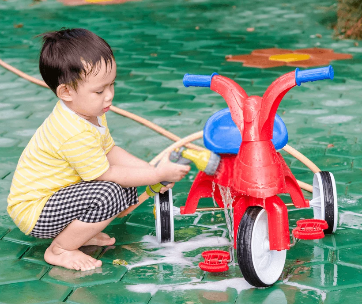




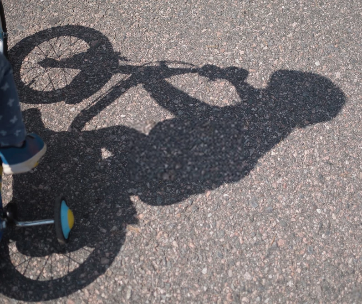

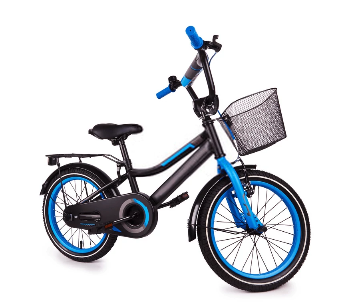













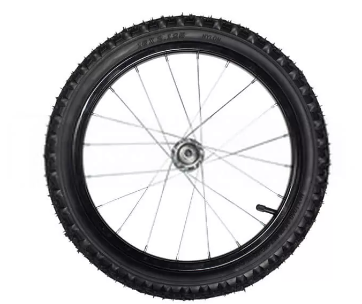
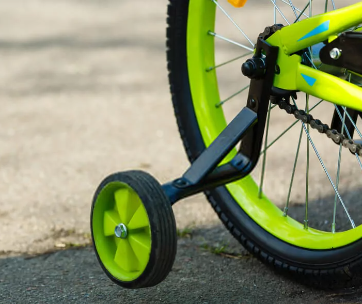
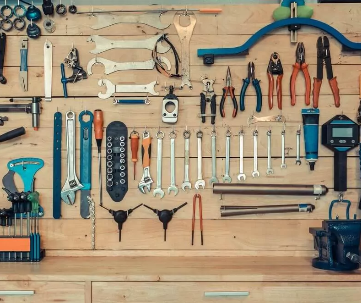

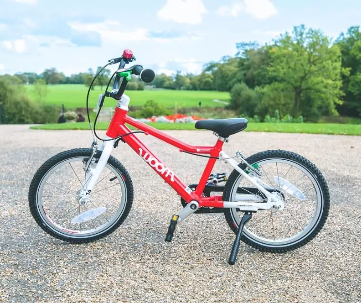

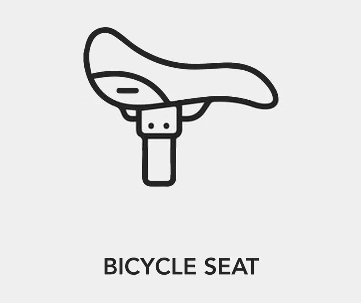
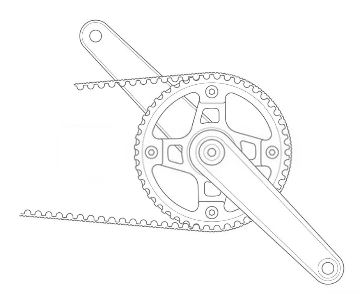





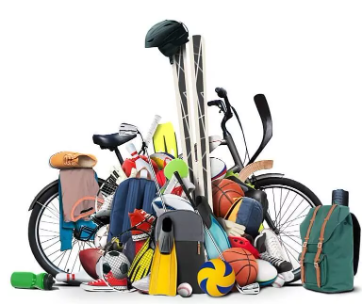
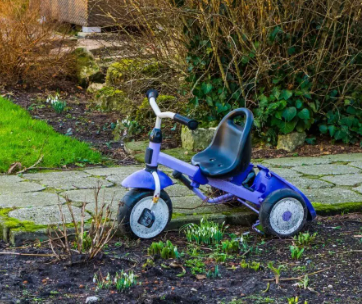
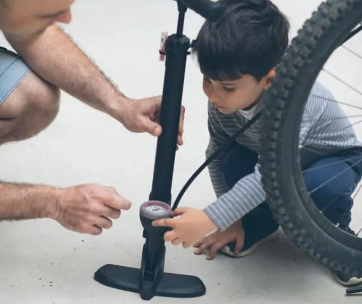

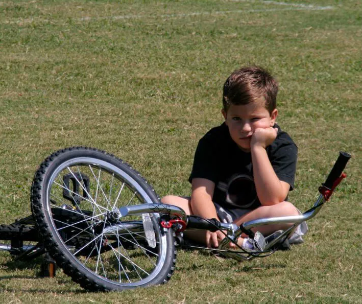




Comments
You should add a step how to check the tire alignment correctly and evenly between two forks and brake pads.
We will add it in our next update. Thank you for noticing and pointing this out.